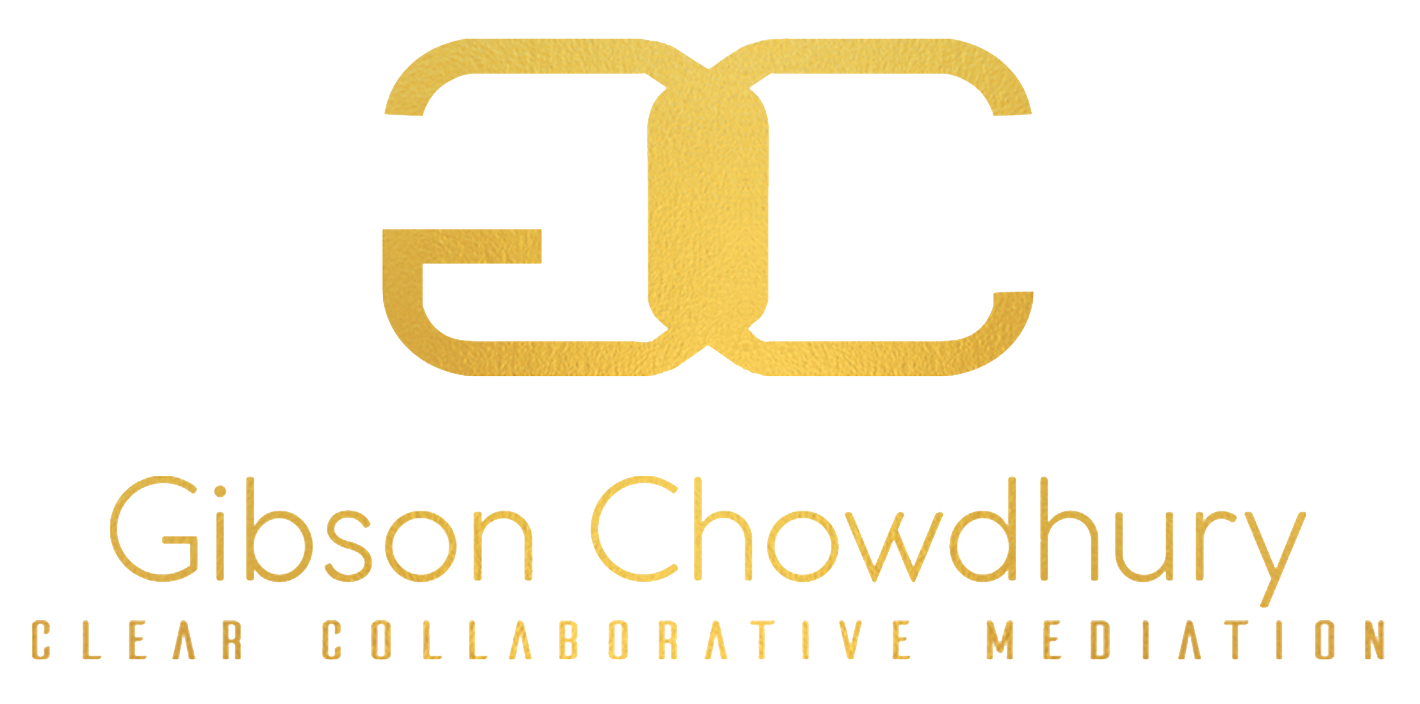
1. Pre-Mediation Conference: A mediator’s understanding of the case is vital. Whilst the client’s representatives may offer a mediation brief, with relevant and factual material, it will undoubtedly have varying degree of detail , depending on the lawyer’s style. Upon receiving new instructions, I like to immediately arrange a time with each party, to talk about the dispute, ahead of the mediation date and get further clarity on the matter. It gives me the opportunity to understand each party’s position and decide how to manage different expectations.
2. Client Preparation: During the pre-mediation conference, I want a better understanding of who the client is and how they feel about the dispute. For example, are they interested in a settlement, or are they determined to have their day in court? If they have an interest in settlement, what is their goal and are their expectations realistic?
Have the clients been prepared for mediation? Do they understand the negotiation process? Do they understand the ZOPA parameters? Do they understand the other side’s case?
If the lawyer is able to talk through these issues with me, they are likely to have already discussed them with the client. If not, it serves as a helpful reminder.
3. Communication: Keeping open lines of communication, for continued discussion about the case between counsel, is always advised. This will leverage each sides’ understanding of the case, which is very helpful. Any misunderstanding can be ironed out before the mediation, saving everyone time and money. It also allows the opportunity for each side to agree on some of the smaller items that are less contentious.
4. Document Exchange: Have all relevant documents been exchanged? If not, the parties need to assess if document exchange is viable before the mediation date, or if the mediation can continue without certain documents. The mediator can help counsel through this stage, and assess whether delaying mediation for particular documents will help advance a settlement.
5. Client Accommodation and Cultural Sensitivities: Are there any cultural sensitivities that require accommodation? This is becoming increasingly important in our changing society. Accommodating clients and counsel means that the mediator is culturally aware, which ultimately helps to ease the parties tension during mediation.
Thus, on the day of the mediation, having better information about the dispute and the position of each party, helps me to put a strategy in place, including decisions on whether or not each party should offer an opening statement; caucus or joint sessions; request for apology or acknowledgment of position or reality testing (to name a few). It also gives me some room to connect with the client and build a better rapport as the mediation progresses. Ultimately, a better client connection leads to greater understanding of the client’s interest, which enables me to create sustainable options to open negotiations with. Careful nurturing during the negotiation stage, and healthy maintenance of each party’s expectation means, I can offer better options, which lead to the parties, to self-determine an agreement during their mediation.

